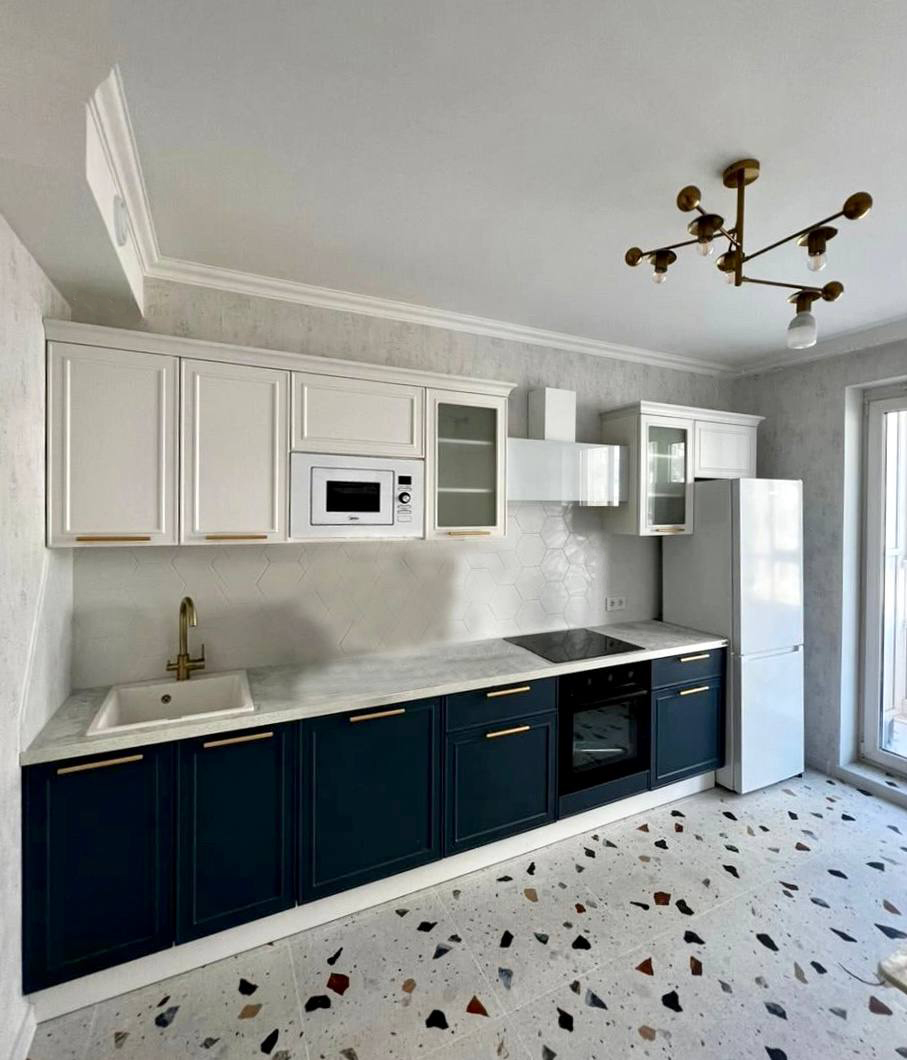Culinary Spaces Redefined
Introduction to Modern Culinary Spaces
Long gone are the days when kitchens were just closed-off corners made for the sole purpose of food preparation. In recent years, there has been a significant transformation in the design and functionality of culinary spaces. Now, kitchens are often the centerpiece of the home, combining both style and substance to cater to the changing lifestyles and needs of modern families and food enthusiasts. In this article, we'll explore how culinary spaces have been redefined to accommodate new trends, technologies, and tastes.
Embracing Open-Concept Designs
The open-concept kitchen is one of the most significant shifts in architectural design. Breaking down the walls has not only physically opened up the space but also encouraged a more social and interactive atmosphere. This layout allows those preparing meals to engage with guests or family members, creating an inclusive and welcoming environment. The open kitchen now flows seamlessly into living and dining areas, facilitating a multi-functional space that enhances the experience of cooking, eating, and socializing.
Incorporating Smart Technology
Smart technology has made its way into the culinary sphere, revolutionizing how we interact with our cooking environments. Cutting-edge appliances, such as intelligent ovens, refrigerators, and dishwashers, are being integrated into modern kitchens. These devices work with smartphone apps for a more intuitive and efficient cooking experience, allowing for remote monitoring and control, recipe suggestions, and even inventory management. The inclusion of smart technology helps to streamline the culinary process, from planning to plating.
Sustainability at the Forefront
As environmental awareness grows, so too does the demand for sustainable kitchen designs. Homeowners are increasingly seeking out eco-friendly options like energy-efficient appliances, sustainable materials for countertops and cabinetry, and LED lighting. In addition, composting systems and herb gardens are becoming commonplace in redefined culinary spaces. These features not only reduce the carbon footprint of the home but also contribute to a healthier and more cost-effective lifestyle.
Maximizing Space with Multifunctional Elements
The modern culinary space is all about efficiency and versatility. Designers are finding innovative ways to maximize space without compromising on functionality or aesthetic appeal. Multifunctional furniture, such as islands with built-in storage, adjustable shelving, and convertible fixtures, are being implemented to adapt to the varying needs of the contemporary home cook. Such thoughtful designs ensure that the kitchen can cater to both quick family breakfasts and elaborate weekend dinner parties.
Culinary Aesthetics: Combining Form and Function
The aesthetic of a kitchen is just as important as its utility. The contemporary culinary space marries form with function, featuring sleek lines, bold color palettes, and a mix of textures and materials. Designers are experimenting with different styles, from minimalist and Scandinavian-inspired kitchens to more industrial and rustic looks. The goal is to create a space that reflects the homeowner's personal taste while still being highly practical and easy to maintain.
Conclusion: The Future of Culinary Spaces
The redefined culinary space is more than a place to prepare meals; it is a reflection of our changing lifestyles, values, and technological advancements. As we look to the future, we can expect to see continued innovation in kitchen design, with an emphasis on personalization, efficiency, and sustainability. Whether you're a seasoned chef or a casual cook, the evolution of culinary spaces offers something for everyone, promising to enhance and simplify the experience of food preparation and enjoyment in the years to come.
